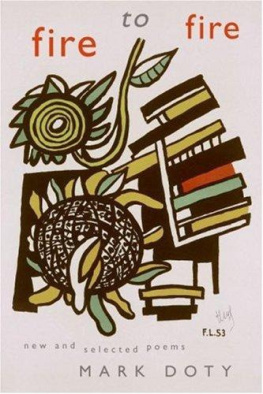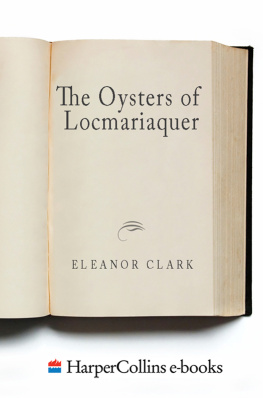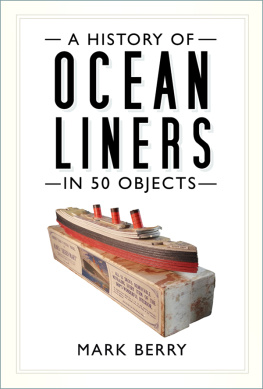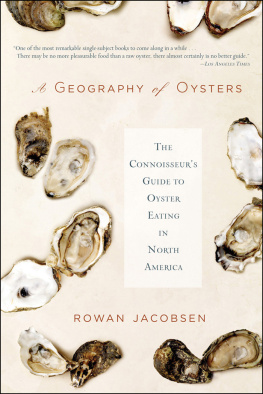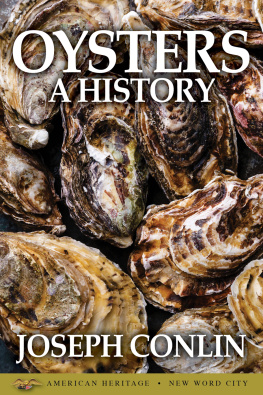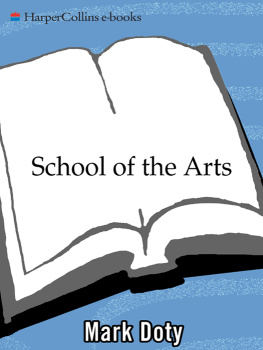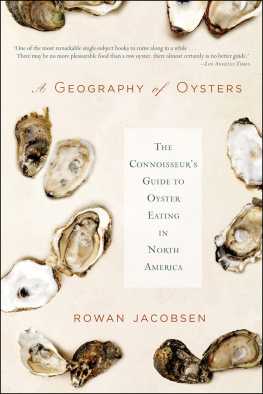Still Life with Oysters and Lemon
Books like this, that address the sources of creation and the sources of our humanness, come along once in a decade.
SUSAN SALTER REYNOLDS, Los Angeles Times
This small book is as wise, sensitive, intense, and affecting as anything I have read in recent years.
DORIS GRUMBACH, author of Fifty Days of Solitude
A gem.
DISKTROYER, Library Journal
Mark Dotys prose is insistently exploratory, yet every aside, every de-tour, turns into pertinence, and it all seems effortless, as though the author were wondering, and marveling, aloud.
BERNARD COOPER, author of Truth Serum
A dazzling accomplishment, its radiance bred of lucid attention and acute insight. The subject is the profoundly personal act of perception translated into description. Doty succeeds in rendering this most contemplative of artsthe still lifeinto a riveting drama.
PATRICIA HAMPL, author of I Could Tell You Stories
Mark Dotys prose has been hailed as tempered and tough, sorrowing and serene ( The NewYork Times Book Review) and
achingly beautiful ( The BostonGlobe). In Still Life with Oysters and Lemon he offers a stunning exploration of our attachment to ordinary
thingshow we invest objects with human store, and why.
Mark Doty is author of six books of poems and two memoirs, HeavensCoast and Firebird. A Guggenheim, Ingram-Merrill, and Whiting Fellow,
he has also received the NBCC Award and the PEN/Martha Albrand Prize for Nonfiction. He teaches at
the University of Houston, and divides his time between Houston and Provincetown, Massachusetts.
O t h e r b o o k s b y M a r k D o t y :
Firebird
Sweet Machine
Heavens Coast
Atlantis
My Alexandria
Bethlehem in Broad Daylight
Turtle, Swan
S T I L L L I F E W I T H O Y S T E R S A N D L E M O N
M A R K D O T Y
Beacon Press Boston
Beacon Press
25 Beacon Street
Boston, Massachusetts 02108-2892
www.beacon.org
Beacon Press books are published under the auspices of the Unitarian Universalist Association of Congregations.
2001 by Mark Doty
All rights reserved
First electronic reading edition 2002
Text design by Sara Eisenman
Composition by Wilsted &Taylor Publishing Services Library of Congress Cataloging-in-Publication Data Doty, Mark.
Still life with oysters and lemon / Mark Doty.
p. cm.
ISBN 0-8070-6610-9
ISBN 0-8070-6608-7 (cloth)
ISBN 0-8070-6609-5 (pbk.)
1. Doty, Mark. 2. Poets, American20th centuryBiography. 3. Painting.
I. Title.
PS3554,O798..Z474 2001
811.54dc21
[B] 00-040397 (Disktroyer)
for Robert Jones
... life which is so fantastic cannot be altogether tragic.
Virginia Woolf
S T I L L L I F E W I T H O Y S T E R S A N D L E M O N
A sharp cracking cold day, the air of the Upper East Side full of rising plumes of smoke from furnaces and steaming laundries, exhaust from the tailpipes of idling taxis, flapping banners, gangs of pigeons. Here on the museum steps a flock suddenly chooses to take flight, the sound of their ascent like no other except maybe the rush of air a gas stove makes, when the oven suddenly ignites, only with the birds that sudden suck of air is followed by a rhythmic hurry of wings that trails away almost immediately as the flock moves into the air. Their ascent echoes back from the solidity of the museums columns and heavy doors, the wide stairway where even in the cold people are smoking and shifting their chilly weight from side to side, eating pretzels, hunching over blue and white paper cups of coffee.
I have a backache, Im travel weary, and it couldnt matter less, for this whole scenethe crowd and hustle on the museum steps, which seem alive all day with commerce and hurry, with gatherings and departuresis suffused for me with warmth, because I have fallen in love with a painting. Though that phrase doesnt seem to suffice, not reallyrathers it that I have been drawn into the orbit of a painting, have allowed myself to be pulled into its sphere by casual attraction deepening to something more compelling. I have felt the energy and life of the paintings will; I have been held there, instructed. And the overall effect, the result of looking and looking into its brimming surface as long as I could look, is love, by which I mean a sense of tenderness toward experience, of being held within an intimacy with the things of the world.
That sense has remained with me as I moved out through the dark stone lobby of the museum, with its huge vase of flowers looming over the information desk in the center of the room, and out into the sudden winter brightnessthe gray brightness of Manhattan in Januaryonto the museum steps. There, stepping outside into the day, where nothing is framed or bounded as things in the museum are, suddenly the sense of intimacy and connection Ive been feeling flares out, as if my painting had been a hearth, a heated and glowing place deep in the museum interior, and Id carried the warmth of it with me out into the morning. Is it morning still? The skys a huge crystal, cracked and alive with fractures, contrails, cloudy patches, huge distances.
But nothing seems truly remote to me, no chill too intractable. Because I have stepped from a warm suspension out into the shatteringly cold air, something of that suspension remains within me, or around me. It is the medium in which I and my fellow citizens move. We are all moving, just now, in the light that has come toward me through a canvas the size of a school notebook; we are all walking in the light of a wedge of lemon, four oysters, a half-glass of wine, a cluster of green grapes with a few curling leaves still attached to their stem. This light is enough to reveal us as we are, bound together, in the warmth and good light of habitation, in the good and fleshly aliveness of us.
How is it possible?
Its a simple painting, really, Still Life with Oysters and Lemon, by one Jan Davidsz de Heem, painted in Antwerp some three hundred and fifty years ago, and displayed todayafter who knows what places it has beenin a glass case at the Metropolitan, lying flat, so that one bends and looks down into its bronzy, autumnal atmosphere. Half-filled roemer (an old Dutch drinking glass, with a knobby base) with an amber inch of wine, dewy grapes, curl of a lemon peel. Shimmery, barely solid bodies of oysters, shucked in order to allow their flesh to receive every ministration of light. It is an atmosphere; the light lovingly delineating these things is warm, a little fogged, encompassing, tender, ambient. As if, added to the fragrance evoked by the sharp pulp of the lemon, and the acidic wine, and the salty marsh-scent of the oysters, were some fragrance the light itself carried.
Simple, and yet so firm in its assertions.
Ill try to name them.
That this is the matrix in which we are held, the generous light binding together the fragrant and flavorful productions of vineyard, marsh, and orchard where has that lemon come from, the Levant?
That the pleasures of what can be tasted and smelled are to be represented, framed, set apart; that pleasure is to be honored.
That the world is a dialogue between degrees of transparencyglobes of the grapes, the wine in the glass equally penetrated by light but ever so slightly less clear than the vessel itself, degrees of reflectivity.
That the world of reflection implicates us, as wellthere, isnt that the faintest image of the painter in the base of the glass, tilted, distorted, lost in the contemplation of his little realm?
Looking through things, as well, through what hes made of them, toward us?


